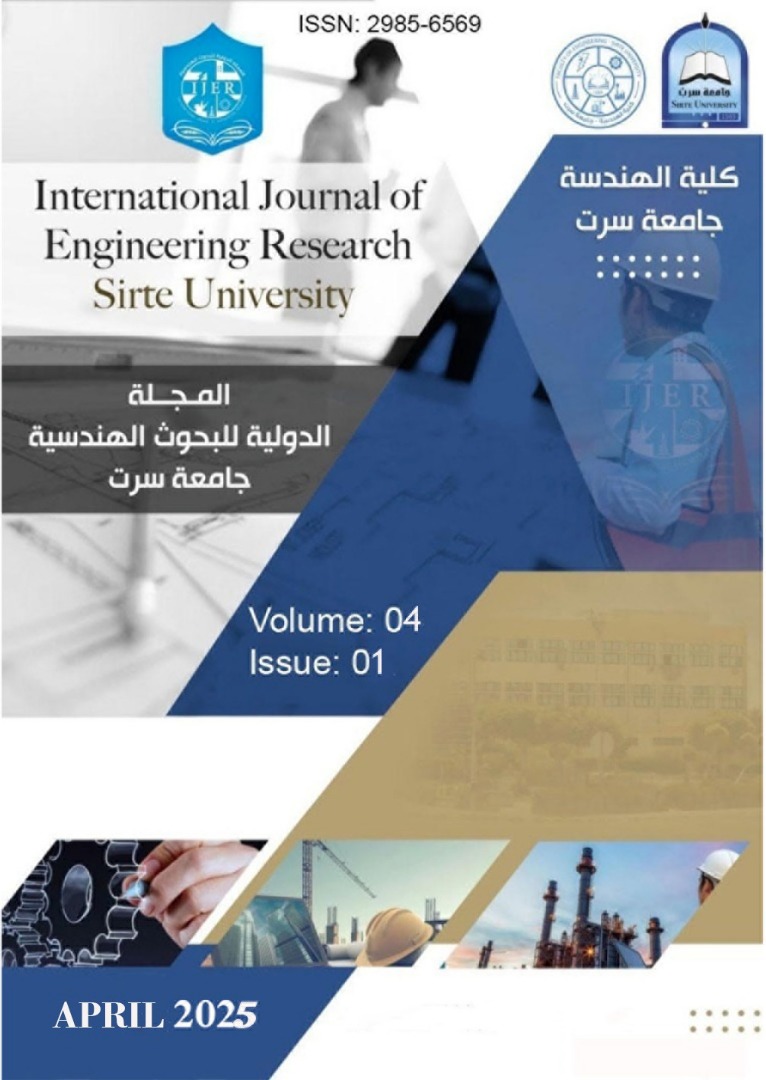Enabling 5G and IoT Through Small Cell Networks
Keywords:
small-cells, 5G, IoTAbstract
Small cells are essential for advancing 5G and IoT networks by providing enhanced coverage, capacity, and energy efficiency in ultra-dense urban areas. This paper explores their role in integrating 5G technologies like massive MIMO, mmWave communication, and dynamic spectrum access. It focuses on interference mitigation, network densification, and optimizing wireless backhaul. Additionally, small cells support IoT deployments by integrating with low-power wide-area networks (LPWANs), enabling scalable and energy-efficient connectivity for massive machine-type communications. The study includes a comparative analysis of propagation models and deployment scenarios in urban settings, validated by MATLAB simulations. Results demonstrate the effectiveness of small cells in improving spectral efficiency, reducing latency, and ensuring reliable communication, highlighting their crucial role in realizing the full potential of 5G and IoT networks
References
References
A. Mughees, M. Tahir, M. A. Sheikh and A. Ahad, "Energy-Efficient Ultra-Dense 5G Networks: Recent Advances, Taxonomy and Future Research Directions," in IEEE Access, vol. 9, pp. 147692-147716, 2021
X. Han et al., "Flexible Spectrum Orchestration Of Carrier Aggregation For 5G-advanced," in IEEE Communications Standards Magazine, vol. 7, no. 4, pp. 68-74, December 2023
Y. Kim, J. S. Rhee, S. Lee and E. K. Hong, "Performance Analysis of Small Cells and Integrated Cell Scenarios in Private 5G Networks Based on Empirical Data," 2024 Fifteenth International Conference on Ubiquitous and Future Networks (ICUFN), Budapest, Hungary, 2024, pp. 67-69
M. Parvini, A. H. Zarif, A. Nouruzi, N. Mokari, M. R. Javan, B. Abbasi, A. Ghasemi, and H. Yanikomeroglu, "A Comprehensive Survey of Spectrum Sharing Schemes from a Standardization and Implementation Perspective," arXiv preprint arXiv:2203.11125, Mar. 2022
W. Yu, H. Jia, and L. Musavian, "Joint Adaptive M-QAM Modulation and Power Adaptation for a Downlink NOMA Network," IEEE Transactions on Communications, vol. 70, no. 2, pp. 783–796, Feb. 2022.
A. I. Zreikat and S. Mathew, "Performance Evaluation and Analysis of Urban-Suburban 5G Cellular Networks," Computers, vol. 13, no. 4, Art. no. 108, Apr. 2024.
H. Choi, T. Kim, S. Lee, H.-S. Choi, and N. Yoo, "Energy-Efficient Dynamic Enhanced Inter-Cell Interference Coordination Scheme Based on Deep Reinforcement Learning in H-CRAN," Sensors, vol. 24, no. 24, Art. no. 7980, Dec. 2024.
J. G. Andrews, S. Buzzi, W. Choi, S. V. Hanly, A. Lozano, A. C. K. Soong, and J. C. Zhang, "What will 5G be?," IEEE Journal on Selected Areas in Communications, vol. 32, no. 6, pp. 1065–1082, Jun. 2014.
W. K. Lai, C.-S. Shieh, Y.-C. Lin, C.-Y. Tsai, and Y.-D. Yan, "Unlicensed Spectrum Allocation for LTE and Wi-Fi Coexistence with HAP," Symmetry, vol. 14, no. 8, Art. no. 1650, Aug. 2022.
S. Sun, G. R. MacCartney, M. K. Samimi, and T. S. Rappaport, "Millimeter wave multi-beam antenna combining for 5G cellular link improvement in New York City," in Proc. IEEE ICC, 2014, pp. 5468–5473.
S. Chandrasekharan, A. Al-Hourani, K. M. Gomez Chavez, and S. Scalise, "Performance Evaluation of LTE and WiFi Technologies in Aerial Networks," Proceedings of the 2016 IEEE International Conference on Communications (ICC), Kuala Lumpur, Malaysia, May 2016.
Z. Luo, X. Ge, and J. Zhang, "Small Cells for 5G: System Design, Performance, and Network Deployment," IEEE Transactions on Wireless Communications, vol. 20, no. 8, pp. 4870-4884, Aug. 2021





